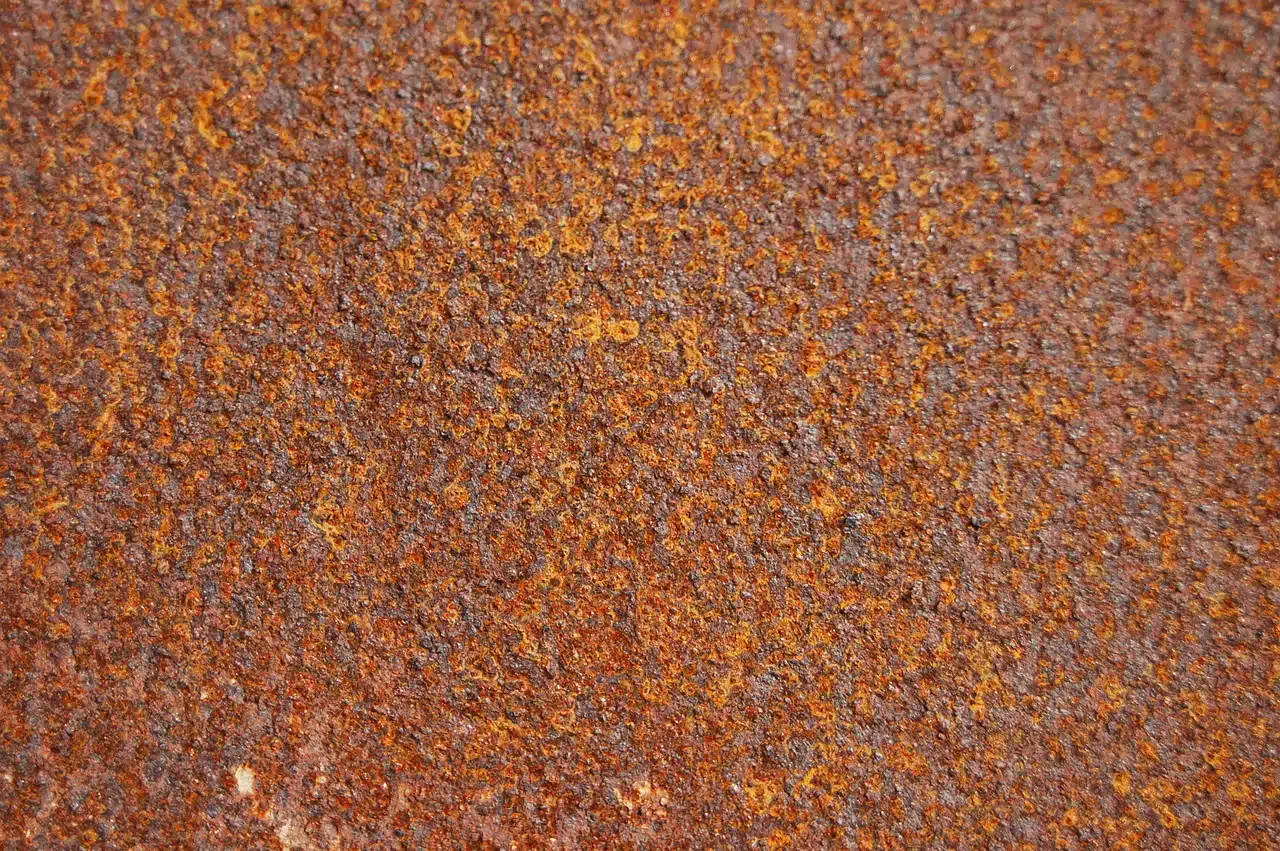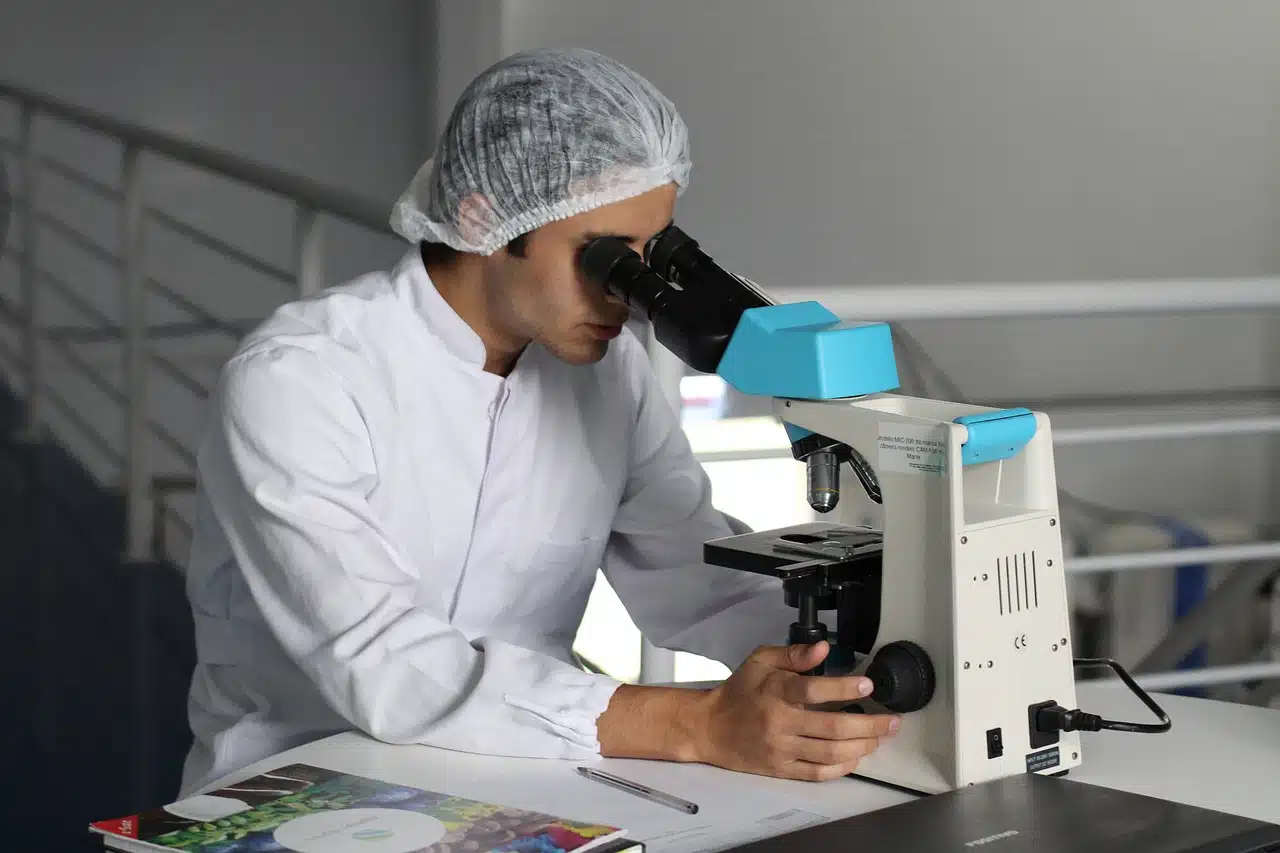
Metallography analyzes the properties and structure of metals and alloys.
Metallography is the discipline dedicated to the analysis of the properties and structure of metals and alloys . The concept also refers to the practice that consists of the development of said type of study.
Procedure
The first step is to make a cut . Then an assembly is made and polishing and discarding work is carried out. The purpose is for the material to be clean and with the appropriate finish to proceed with metallographic research.
The work of metallography continues with the analysis itself, which involves a chemical action so that the structure of the metal is revealed. Finally, observation is carried out under a microscope .
Regarding metallographic polishing, it begins with surface preparation. Next comes coarse grinding , for which various numbers of sandpaper are used, from largest to smallest grit size. With the help of a rotating wheel and carefully chosen abrasive substances, fine grinding is applied, which leaves the surface smooth.
Utility
Thanks to metallography, it is possible to obtain data about the mechanical, chemical and physical characteristics of metals. For this, samples of the material to be explored are taken and subjected to a metallographic examination .
Through metallography, in short, the microstructure of metals and metal alloys is investigated. Their contributions allow us to know what the atomic and chemical composition and the spatial distribution of the phases and constituents are like.
Microstructure
Microstructure usually defines macroscopic properties; Thermal qualities and tensile strength, for example, maintain a direct link with the microstructure. That is why metallography is key when developing materials for the industry .
By knowing the microstructure of a metal, it is possible to anticipate what its performance will be in different contexts. Thus metallography contributes to ensuring the reliability of a material.
Including
The metallographic inclusion is a sample that has been cut and treated with resin for future handling and storage. This resin treatment can be done both hot and cold . In the first case, a catalyst in a liquid state and a resin powder are usually added, mixed well and poured into a mold along with the piece to be included (note that this must be placed before mixing). The mold must be filled completely, to the top.
On the other hand, hot metallographic embedding can also be done. For this procedure, you need a machine known as an embedding machine, which has a resistance that serves to heat the resin (which only contains a reactive component) until it completely melts.

The use of the microscope is necessary to study the microstructure of the sample.
One of the advantages of cold embedding is that you can work with many parts in a reasonable amount of time. It also allows you to use molds of very varied shapes. However, a disadvantage is that the consistency of this type of metallographic inclusion is less than hot, in addition to making it difficult to accurately work the tolerance values of the drawing diameter (the process to obtain hollow pieces from metal).
Regarding the advantages of hot embedding, we can say that they offer excellent drawing quality, as well as a much higher hardness than that obtained through the cold process. Similar to the previous one, this method takes very little time. But there are also some disadvantages or contraindications that we must mention: it is not recommended for projects that require a large number of samples per work day, nor for pieces that are highly sensitive to heat or especially fragile.
